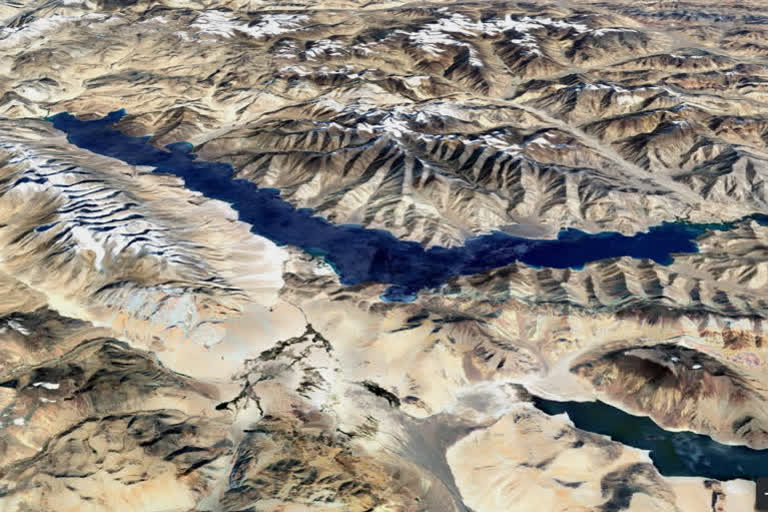New Delhi: More than nine months after a border row escalated into an unprecedented military buildup along the Line of Actual Control (LAC), the process of disengagement between Asia's two biggest militaries began on Wednesday at the north and south banks of the Pangong lake in eastern Ladakh.
"It will be right to say that the process has been initiated by both the sides and it has just begun. Just the heavy armaments are being moved back while the troops at the faceoff points remain deployed," a senior official source told ETV Bharat on condition of anonymity.
The 'heavy armaments' include tanks and armoured vehicles that were deployed by both sides.
Asked on whether the disengagement will continue in the subsequent days, the official said: "This will continue for some time at these two points but it is too early and premature to say anything now. Whether the disengagement is conducted in the other faceoff points also remains to be seen. As of now, it is coordinated disengagement in the sense that if the PLA takes two steps backward we also reciprocate."
The agreement to move back was broadly agreed to in the last commander level talks between the two armies. Till now nine rounds of talks — June 6, June 22, June 30, July 14, August 2, September 21, October 12, November 6 and January 24 — have taken place.
Read: India moves full steam to up fighter squadrons
Officially, however, the Indian Army refused to either affirm or deny Wednesday's development.
On Wednesday, Chinese military media reported Wu Qian, the spokesperson of the Ministry of National Defense as issued a message that said: "According to the consensus reached by the 9th round of the military commander-level talks between China and India, the frontline units of the Chinese and Indian armed forces in Pangong Hunan and North Coast began to simultaneously and systematically organize disengagement on February 10."
While the worst of the bitter winter is over, the weather in the heights of eastern Ladakh still continues to be hostile.
There has been a growing realisation that there is not much wisdom in deploying large number of troops which involves enormous logistics and is a huge drain on the national exchequers.
Read: 'Chinese void' prompts Tibet courses for Army officers
While China had occupied advantageous positions on May 5-6 on the Finger area of the northern bank of the Pangong lake, India's military tactics in the intervening night of August 29-30 on the southern bank caught the Chinese by surprise.
What may have also dawned upon the PLA is the fact that the Indian Army was determined to resist and oppose every action with equal force.



